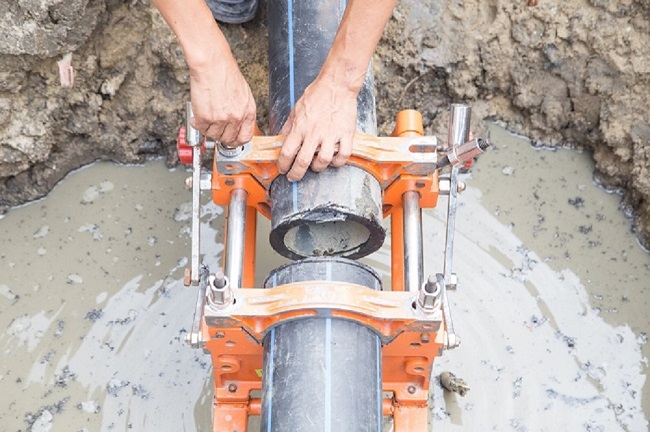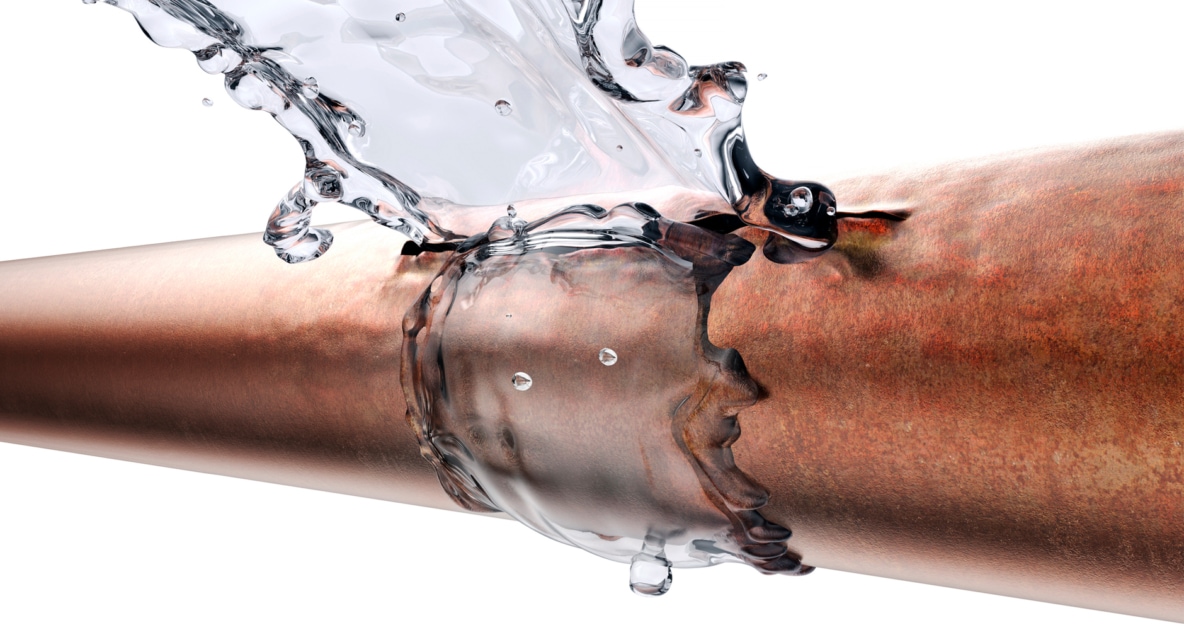Stop the Flood: Strategies for Identifying and Dealing With Ruptured Pipes
Stop the Flood: Strategies for Identifying and Dealing With Ruptured Pipes
Blog Article
The article below pertaining to How to Prepare for Your Dishwasher Installation is really compelling. You should look it over.

A burst pipeline is a significant emergency; you can only stand as you view water you pay very much to reunite with the planet. In even worse situations, you discover a pool on your kitchen area floor, which is a terrific trip risk, especially if you have children around. If the pipe that burst was in your walls, bad news: you may need to repaint that entire section.
How can a calamity like a burst pipe be prevented and managed? Well, by listening to your specialist emergency plumbers and also complying with these policies.
Exactly how do I understand when my pipes have burst?
Fluctuating water pressures
Pipes do not simply burst in a day. You might have seen that your cooking area tap or shower doesn't run instantly when you turn the tap. It might stop for a couple of seconds and then blast you with more pressure than common.
In various other instances, the water may seem regular in the beginning, after that drop in pressure after a couple of secs.
Damp walls and water spots
Before a pipe bursts, it will leakage, the majority of times. If this consistent dripping goes unnoticed, the leak may graduate right into a vast tear in your pipeline. One simple method to avoid this emergency is to look out for damp wall surfaces advertisement water spots. These water spots will lead you right to the leak.
Puddles under pipelines as well as sinks
When a pipe ruptureds, the outflow forms a pool. It may show up that the puddle is expanding in size, and also regardless of how many times you wipe the puddle, in a few mins, there's another one waiting to be cleansed. Frequently, you might not be able to map the puddle to any kind of visible pipelines. This is a sign to call an expert plumber.
Untraceable dripping noises
Pipeline bursts can occur in the most unpleasant areas, like within concrete, inside walls, or under sinks. When your house goes silent, you might be able to hear an aggravatingly persistent trickling sound. Also after you've inspected your shower head and also kitchen faucet, the trickling may proceed.
Dear visitor, the trickling may be coming from a pipe inside your wall surfaces. There isn't much you can do about that, other than inform an expert plumber.
Turn off the Water
When water ices up, it expands in volume by concerning 9 percent. And it broadens with significant pressure: The pressure inside pipes might go from 40 extra pounds per square inch to 40,000 psi! No pipe can hold that much pressure, so it bursts. The break might occur where the ice types, yet more often, it happens where water stress locates a weak spot in the pipe. That may be inches and even feet from the icy area. Find the water shutoff valve as well as switch off the water to stop more damage. You may additionally require to shut off the electrical power also, relying on where the leakages occurs and exactly how huge it is.
Infected water
Many individuals assume a burst pipe is a one-way outlet. Rather the contrary. As water spurts of the hole or wound in your plumbing system, contaminants find their way in.
Your water may be polluted from the resource, so if you can, inspect if your water container has any kind of troubles. However, if your drinking water is supplied as well as cleansed by the local government, you must call your plumber quickly if you see or scent anything amusing in your water.
What do I do when I detect a ruptured pipeline?
Your water meter will certainly remain to run also while your water wastes. To minimize your losses, find the main controls and turn the supply off. The water mains are an above-ground framework beside your residential or commercial property.
How to Fix & Detect a Leaking Pipe
How Do I Know if a Pipe is Leaking?
Leak detection tests can help you determine if your pipe has a leak. Even if you don’t see an apparent leak, you should still conduct leak detection tests regularly to save water and money—and prevent major damage to your home.
Water meter. It can be helpful to figure out what your usual water meter usage numbers are and then monitor them regularly. To monitor your meter, first, turn off all water faucets in your home. Check the meter and write down the numbers. In a few hours, check the meter again. If the numbers have changed, you have a leak. Water gauge. Use a water gauge to test your water pressure. Your showerhead should produce a certain amount of water pressure based on its model and design. If the pressure is lower than it is supposed to be for that specific showerhead, your home likely has a leak. Puddles. Look inside your bathroom, laundry, and kitchen sink cabinets. Puddles around the cabinets or around toilets, tubs, showers, and washing machines indicate the presence of a leaking pipe. You may also notice loose tiles, peeling or flaking paint, or mold caused by water accumulation. Napkin test. Even if you don’t see any puddles, you may still have a leak. You can test for water leaks in the bathroom, laundry, and kitchen by wiping below-sink connections with a napkin, paper towel, or piece of toilet paper. If it becomes damp, you probably have a leaking pipe under the sink. Discolored walls. Walls that are discolored—usually with brown or yellow stains—or bulging might mean that they have been impacted by water damage caused by a leaking pipe. Smell. A leaky pipe will create sitting water, and over time, that water may develop a musty smell. If your home smells musty, but you can’t locate the source, it may be due to a leak. Steps for Fixing a Leaking Pipe
A leaky drain can be remedied by tightening the pipe base, replacing the drain seal, caulking the rim, and tightening the pipe nut. Similarly, a leaking toilet pipe can be treated by tightening the packing nut. You may also need to replace the valve. A leaky faucet may just need tightening or replacement of the washers. If that doesn’t work, consider replacing your faucet. If your pipe has a hole in it, you may want to use a pipe leak sealer or pipe leak tape. This quick fix for water pipe leaks can also temporarily fix a copper pipe leak. https://www.ahs.com/home-matters/quick-tips/how-to-tell-if-pipes-are-leaking/

We hope you enjoyed reading our excerpt on How to Install and Connect a New Dishwasher. Many thanks for taking time to read our piece of content. Loved our content? Please share it. Let somebody else locate it. Thanks a lot for your time. Kindly pay a visit to our site back soon.
Book An Estimate Now
Report this page